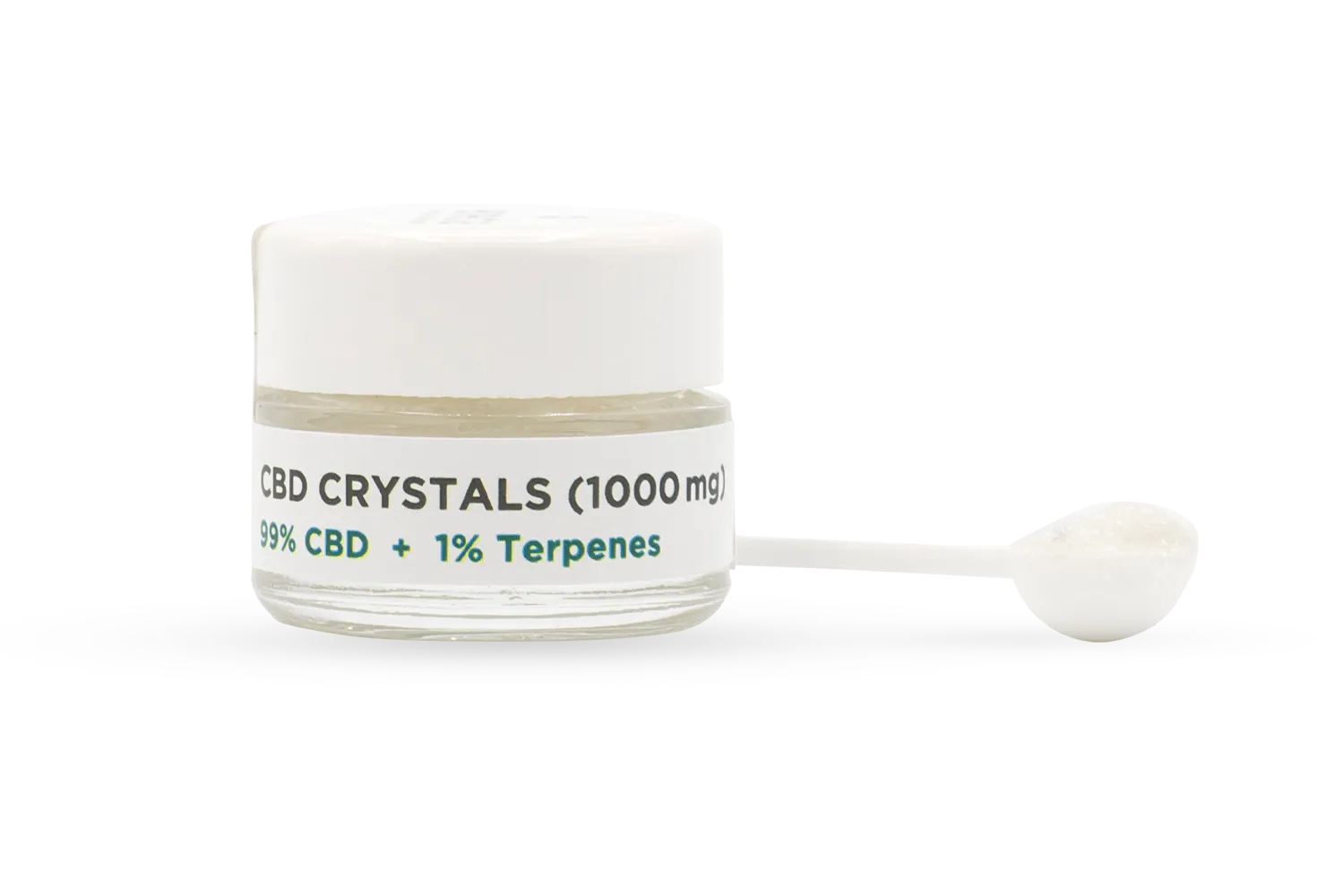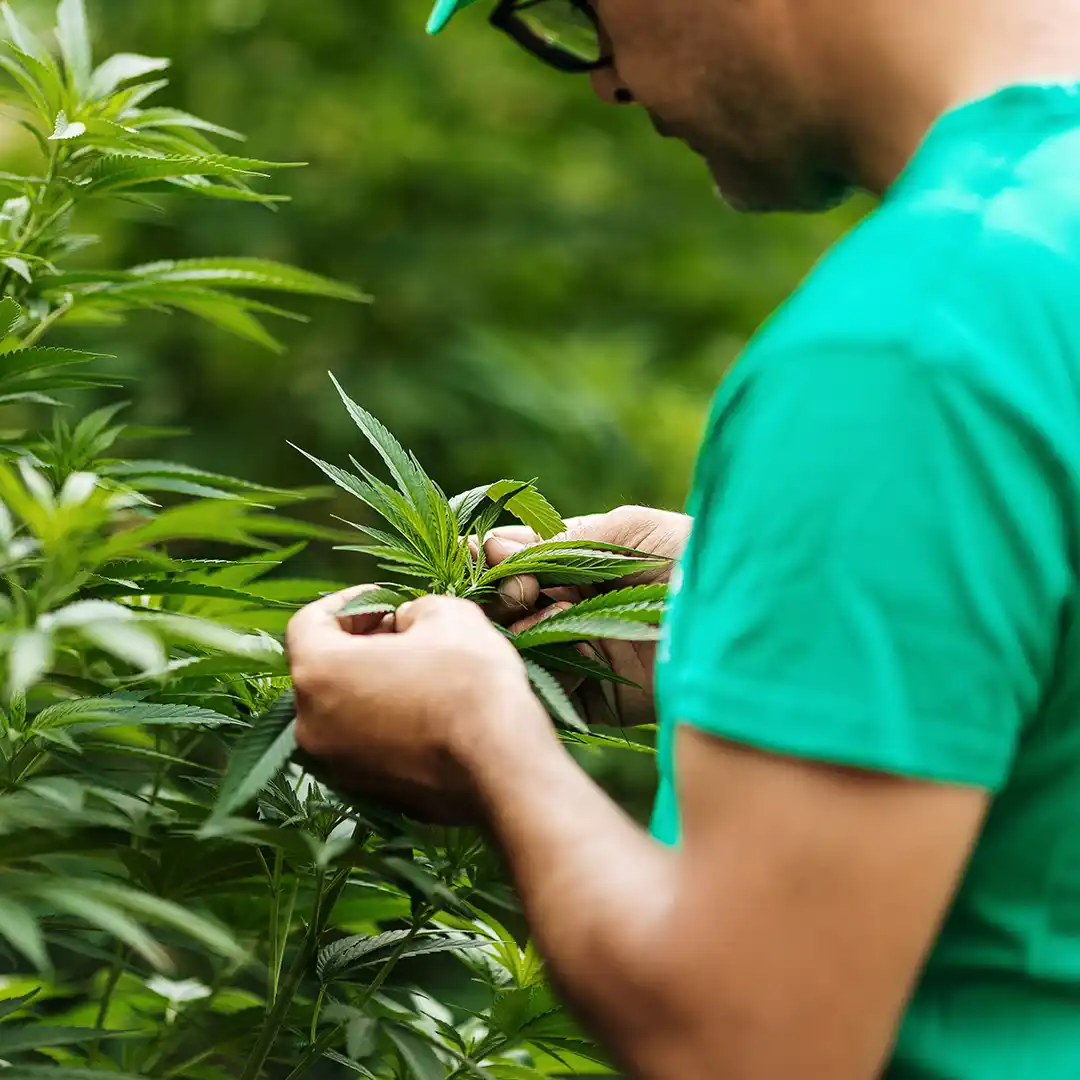Appendino, G., et al. "Cannabinoids: occurrence and medicinal chemistry." Current Medicinal Chemistry, vol. 18, no. 7, 2011, pp. 1085-1099.
Bonn-Miller, M. O., et al. "Labeling Accuracy of Cannabidiol Extracts Sold Online." JAMA, vol. 318, no. 17, 2017, pp. 1708-1709. https://jamanetwork.com/journals/jama/fullarticle/2661569
Bruni, N., et al. "Cannabinoid Delivery Systems for Pain and Inflammation Treatment." Molecules, vol. 23, no. 10, 2018, p. 2478.
Campos, A. C., et al. "Multiple mechanisms involved in the large-spectrum therapeutic potential of cannabidiol in psychiatric disorders." Philosophical Transactions of the Royal Society B: Biological Sciences, vol. 367, no. 1607, 2012, pp. 3364-3378.
Citti, C., et al. "Analysis of cannabinoids in commercial hemp seed oil and decarboxylation kinetics studies of cannabidiolic acid (CBDA)." Journal of Pharmaceutical and Biomedical Analysis, vol. 149, 2018, pp. 532-540.
Corroon, J., and J. A. Phillips. "A Cross-Sectional Study of Cannabidiol Users." Cannabis and Cannabinoid Research, vol. 3, no. 1, 2018, pp. 152-161.
Devinsky, O., et al. "Cannabidiol: Pharmacology and potential therapeutic role in epilepsy and other neuropsychiatric disorders." Epilepsia, vol. 55, no. 6, 2014, pp. 791-802.
EMCDDA. "Cannabis legislation in Europe: an overview." European Monitoring Centre for Drugs and Drug Addiction, 2018.
Grotenhermen, F., et al. "Even High Doses of Oral Cannabidiol Do Not Cause THC-Like Effects in Humans: Comment on Merrick et al. Cannabis and Cannabinoid Research 2016;1(1):102–112." Cannabis and Cannabinoid Research, vol. 2, no. 1, 2017, pp. 1-4.
Hammell, D. C., et al. "Transdermal cannabidiol reduces inflammation and pain-related behaviours in a rat model of arthritis." European Journal of Pain, vol. 20, no. 6, 2016, pp. 936-948.
Huestis, M. A., et al. "Cannabidiol Adverse Effects and Toxicity." Current Neuropharmacology, vol. 17, no. 10, 2019, pp. 974-989.
Iffland, K., and F. Grotenhermen. "An Update on Safety and Side Effects of Cannabidiol: A Review of Clinical Data and Relevant Animal Studies." Cannabis and Cannabinoid Research, vol. 2, no. 1, 2017, pp. 139-154.
Klieger, S. B., et al. "Mapping cannabis potency in medical and recreational programs in the United States." PLoS One, vol. 12, no. 3, 2017, e0173094.
MacCallum, C. A., and E. B. Russo. "Practical considerations in medical cannabis administration and dosing." European Journal of Internal Medicine, vol. 49, 2018, pp. 12-19.
McCartney, D., et al. "Cannabidiol and Sports Performance: a Narrative Review of Relevant Evidence and Recommendations for Future Research." Sports Medicine - Open, vol. 6, no. 1, 2020, p. 27.
Mead, A. "Legal and Regulatory Issues Governing Cannabis and Cannabis-Derived Products in the United States." Frontiers in Plant Science, vol. 10, 2019, p. 697.
Mechoulam, R., et al. "Cannabidiol--recent advances." Chemistry & Biodiversity, vol. 4, no. 8, 2007, pp. 1678-1692.
Millar, S. A., et al. "A Systematic Review on the Pharmacokinetics of Cannabidiol in Humans." Frontiers in Pharmacology, vol. 9, 2018, p. 1365.
Pacher, P., et al. "The Endocannabinoid System as an Emerging Target of Pharmacotherapy." Pharmacological Reviews, vol. 58, no. 3, 2006, pp. 389-462.
Pavlovic, R., et al. "Quality Traits of "Cannabidiol Oils": Cannabinoids Content, Terpene Fingerprint and Oxidation Stability of European Commercially Available Preparations." Molecules, vol. 23, no. 5, 2018, p. 1230.
Pertwee, R. G. "The diverse CB1 and CB2 receptor pharmacology of three plant cannabinoids: Δ9-tetrahydrocannabinol, cannabidiol and Δ9-tetrahydrocannabivarin." British Journal of Pharmacology, vol. 153, no. 2, 2008, pp. 199-215.
Russo, E. B. "Cannabidiol Claims and Misconceptions." Trends in Pharmacological Sciences, vol. 38, no. 3, 2017, pp. 198-201.
Shannon, S., et al. "Cannabidiol in Anxiety and Sleep: A Large Case Series." The Permanente Journal, vol. 23, 2019, pp. 18-041.
Small, E. "Evolution and Classification of Cannabis sativa (Marijuana, Hemp) in Relation to Human Utilization." The Botanical Review, vol. 81, no. 3, 2015, pp. 189-294.
Zendulka, O., et al. "Cannabinoids and Cytochrome P450 Interactions." Current Drug Metabolism, vol. 17, no. 3, 2016, pp. 206-226.
Zgair, A., et al. "Dietary fats and pharmaceutical lipid excipients increase systemic exposure to orally administered cannabis and cannabis-based medicines." American Journal of Translational Research, vol. 8, no. 8, 2016, pp. 3448-3459.
Zuardi, A. W., et al. "A Critical Review of the Antipsychotic Effects of Cannabidiol: 30 Years of a Translational Investigation." Current Pharmaceutical Design, vol. 18, no. 32, 2012, pp. 5131-5140.


































